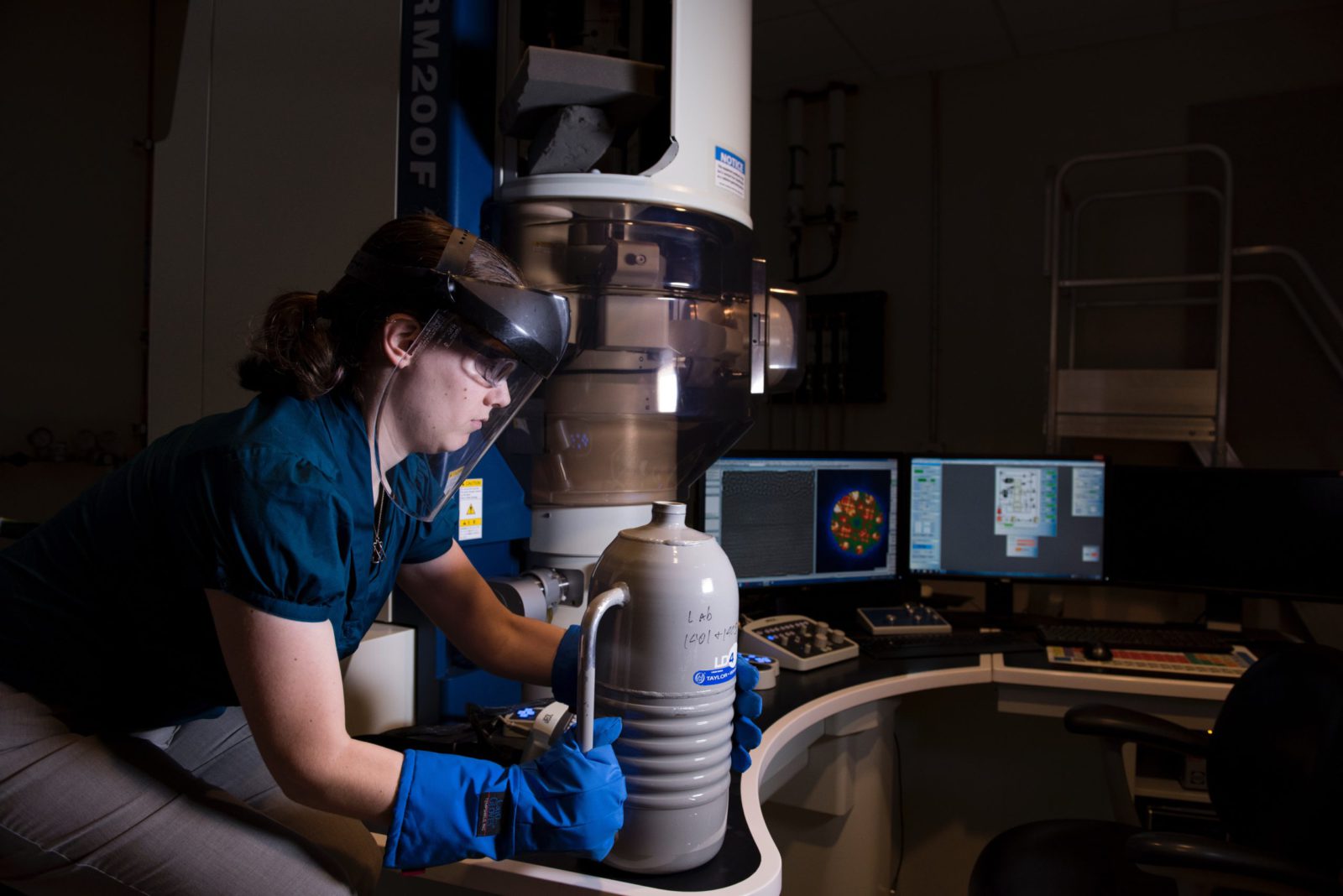What Is The Advantage Of Electron Microscope?
The electron microscope has two key advantages when compared to light microscopes: it has a much higher range of magnification (can detect smaller structures) and it has a much higher resolution (can provide clearer and more detailed images). Electron microscopy (EM) is an extremely powerful tool for investigating the minute structure of biological materials. It can be used for determining biological structures at the molecular level, such as proteins and organelles such as the nucleus or mitochondria etc.
It gives a three-dimensional image of the sample, which is far more representative of the real sample than a two-dimensional image. Unlike a light microscope, an electron microscope is able to see details below human vision, which is limited to about 200 nanometers, and create an image of the sample that can usually be magnified a million times or more.
How Does This Magnification Work?
The electrons are focused by passing them through a magnetic lens, a device which is quite similar to the optical lens in a light microscope. The electrons follow a spiral path because it takes more force to change the path of a moving electron than a stationary electron. Most of the electrons go to the outer rim of the lens, but a few go to the centre. These are the ones that can be made to do the work of focusing the beam. The amount that the beam is focused is controlled by the voltage used to accelerate the electrons. Since the electric field of the electrons is aligned with the magnetic field, the electrons loop so that their electric field is always parallel to the magnetic field. The exact relationship between the magnetic field and the electric field is called the Larmor equation.
How Do You Magnify The Image?
After the sample is focused, you must magnify the image. This is controlled by the voltage difference applied between the lens and the sample. The electrons collect on the sample material and transfer energy to it, causing the electrons in the sample material to change to higher energy levels. The electrons do not stay in lower energy levels for long because they lose energy as they move around in the material. Because the material is in a vacuum, the electrons emit photons (light) as they lose energy. New electrons fill the lower energy level, but now they are at a higher energy level, which causes them to emit light of a different wavelength. (The wavelength, or colour, for the light, depends on which element is being studied; for example, researchers can tell which element is in an element by the difference between light emitted by electrons that move along the edge and electrons that move along the face of the sample. )
A device similar to a television screen separates the colours of light based on their wavelengths. The colours are captured by a camera and effects the electron beam in a way that makes it appear as though the source has a slightly different position than the original image. The copies of the image are made one at a time and can be magnified to higher levels. The light is going directly from the electron to the photocathode of the camera, so when it hits the photocathode, it excites a tiny electron that jumps off the surface. After it leaves the surface, it may hit another surface and lose more energy, and then it may hit the photocathode again and excite a second electron. If the electron loses too much energy, it has nothing left to excite the photocathode and form an image.
To avoid these problems, the electron microscope uses a high accelerating voltage (up to 300,000 volts) and a very small electron beam. The microscope counts the electrons passing through a small hole, then compares the number counted with the number that the lens would count if it were a light microscope. The difference between the two counts is the exact magnification of the image.
How Is A Bright-field Image Obtained?
The easiest way to understand how a bright-field image is obtained is to understand how a dark-field image is obtained. A bright-field image is obtained by focusing the electrons on the sample. A dark-field image is obtained by focusing the electrons around the sample. Because electrons scatter easily from objects that are nearby, this approach gives images in which the sample appears to be a hole in a black background. Dark-field images tend to be grainy because the unscattered electrons tend to be reflected off the boundaries of the sample without much variation of intensity. Because a bright-field image has more variation in intensity, it is usually a better choice for examining a biological sample.

Hassan graduated with a Master’s degree in Chemical Engineering from the University of Chester (UK). He currently works as a design engineering consultant for one of the largest engineering firms in the world along with being an associate member of the Institute of Chemical Engineers (IChemE).



